I Lost 40 Pounds at 61 by Changing These 4 Habits
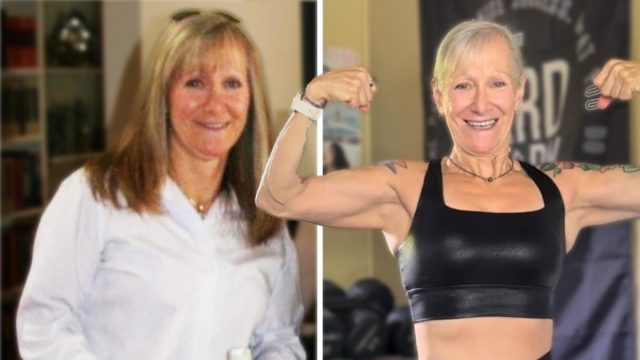
Are you struggling to lose weight after 60? According to an expert, a few habit changes can be game-changing. Ilene Block is the founder of Silver and Strong, a coaching company that specializes in helping women over 50 get into the best shape of their lives. She lost 40 pounds at 61 (and 55 pounds altogether) by making a few simple changes to her routine. "At 61 I was holding most of my weight in my hips and lower belly until I made these 4 changes to my daily habits," she writes about the Instagram video. "Are you like me and have a hard time losing weight from your hips and lower belly? These foundational changes to your daily habits are the keys to being able to lose that weight and keep it off," she adds in the caption.
Make Sure You Are Eating Enough
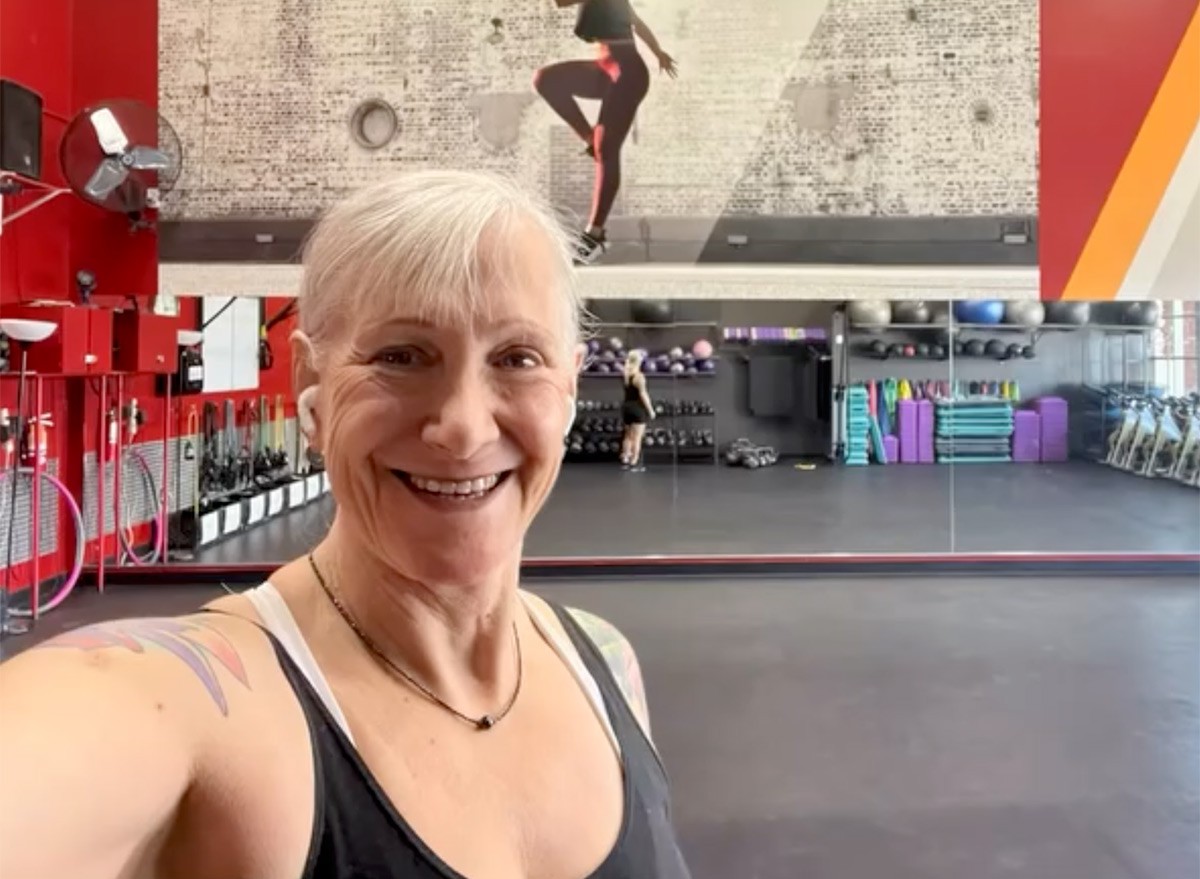
Her first suggestion? Make sure you are eating enough. "Many women of my generation (50+) grew up eating as little as possible to be skinny. I now know that the key is to eat as much as possible of healthy foods to fuel my body," she writes.
Protein: "Aim for 1 gram of protein per lb of goal bodyweight," she says.
Complex Carbohydrates: "Eat your largest carb meals before and after your weight training," she says.
Healthy Fats: "These are more limited since they have 2.5x the cals as protein or carbs, but are important for overall health," she writes.
Lift Heavy Weights
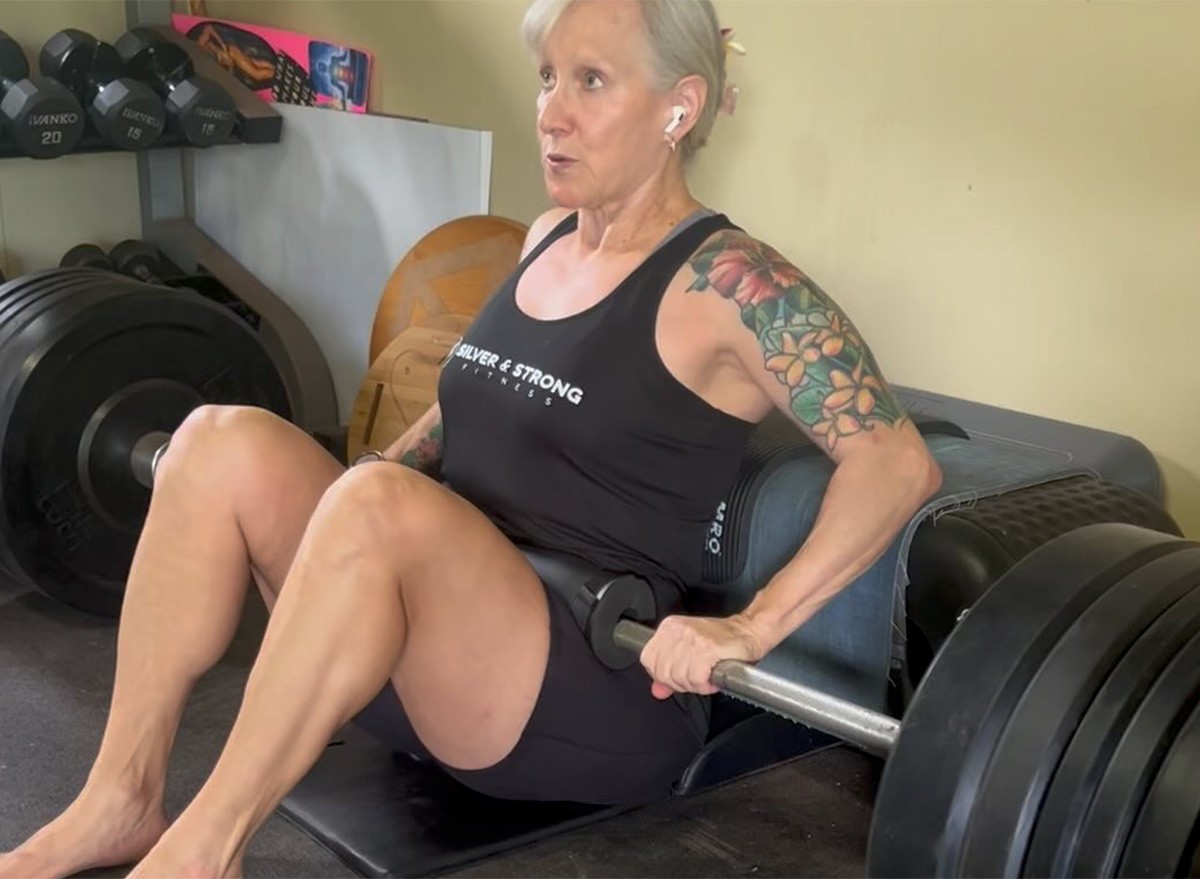
Next, make sure to lift heavy weights, "heavy for you," she says, "to achieve muscle hypertrophy. "Most women don't lift often enough (4-5x a week) or heavy enough to get the maximum benefits from weight training," she continues. "The goal for women 50+ is building muscle and bone strength which can become an issue after menopause."
Move Your Body Throughout the Day
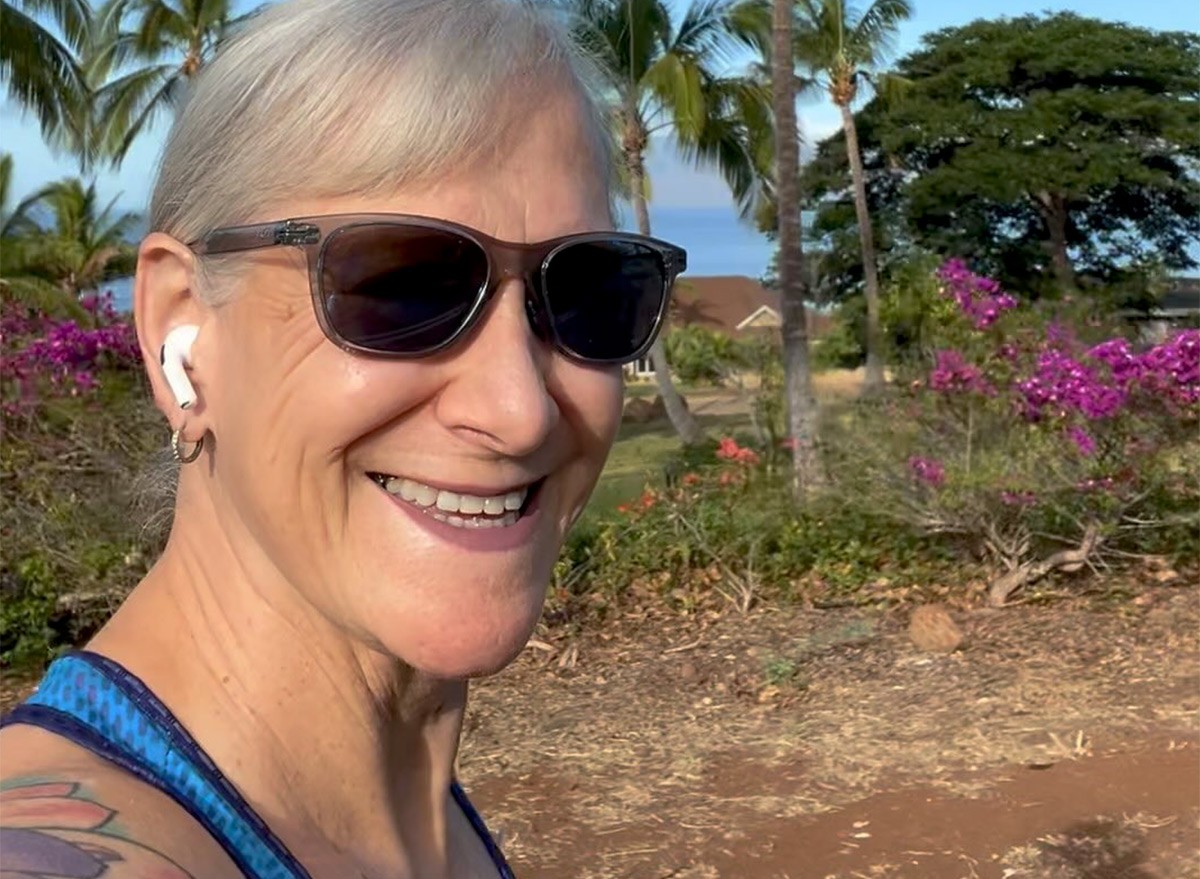
Her third habit has to do with movement, specifically moving your body throughout the day to "get the benefits of NEAT," she writes. "NEAT stands for nonexercise activity thermogenesis," she says. Examples include taking a walk, doing housework, and gardening. "Moving throughout the day can give you more benefits in terms of raising your overall calorie burn for the day than a half hour of cardio exercise."
Prioritize Your Mental Health
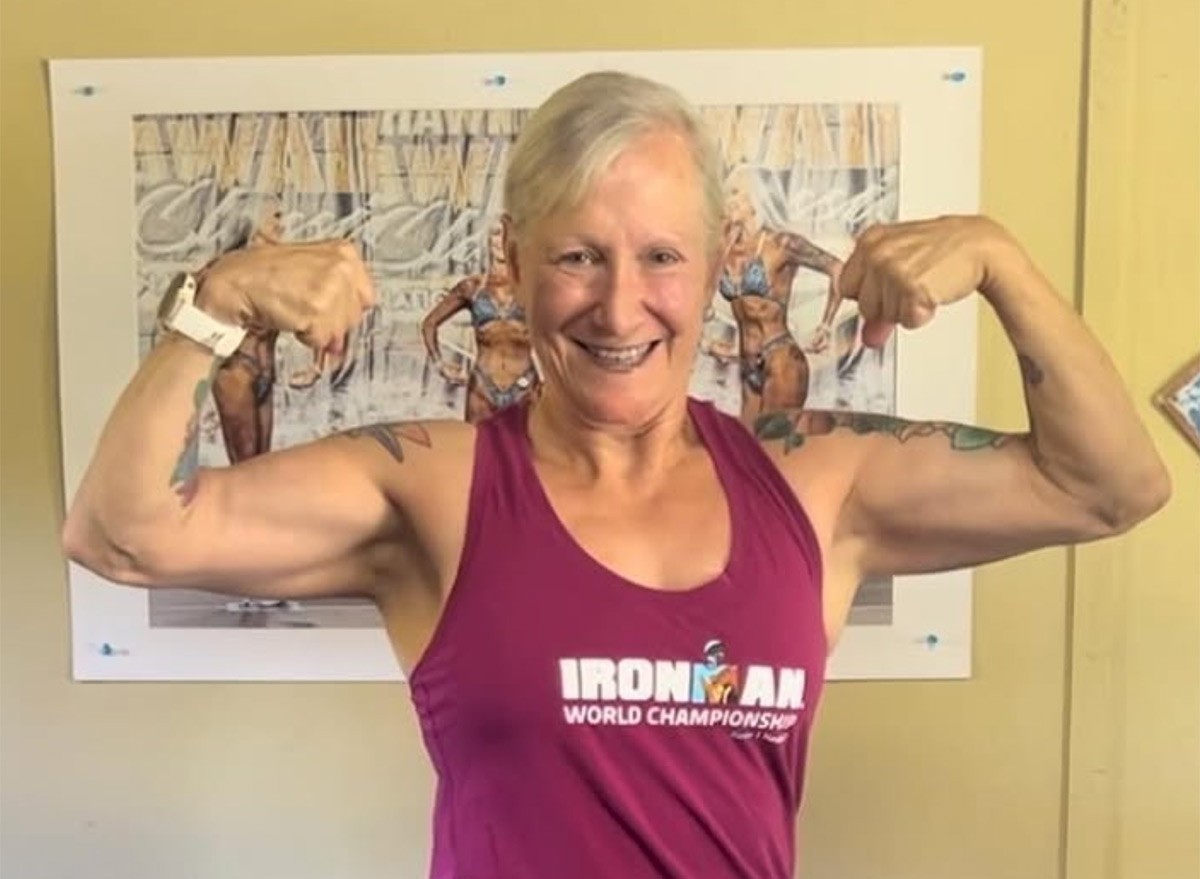
Her last healthy habit is taking time to care for your mental health and mindset. "Change your mindset, change your life! At 50+, we are often unaware of our own limiting beliefs. You CAN do this! Awareness is the first step to changing your internal dialogue and how you talk to yourself," she says. "Be willing to make yourself a priority and honor your boundaries."
Be Patient
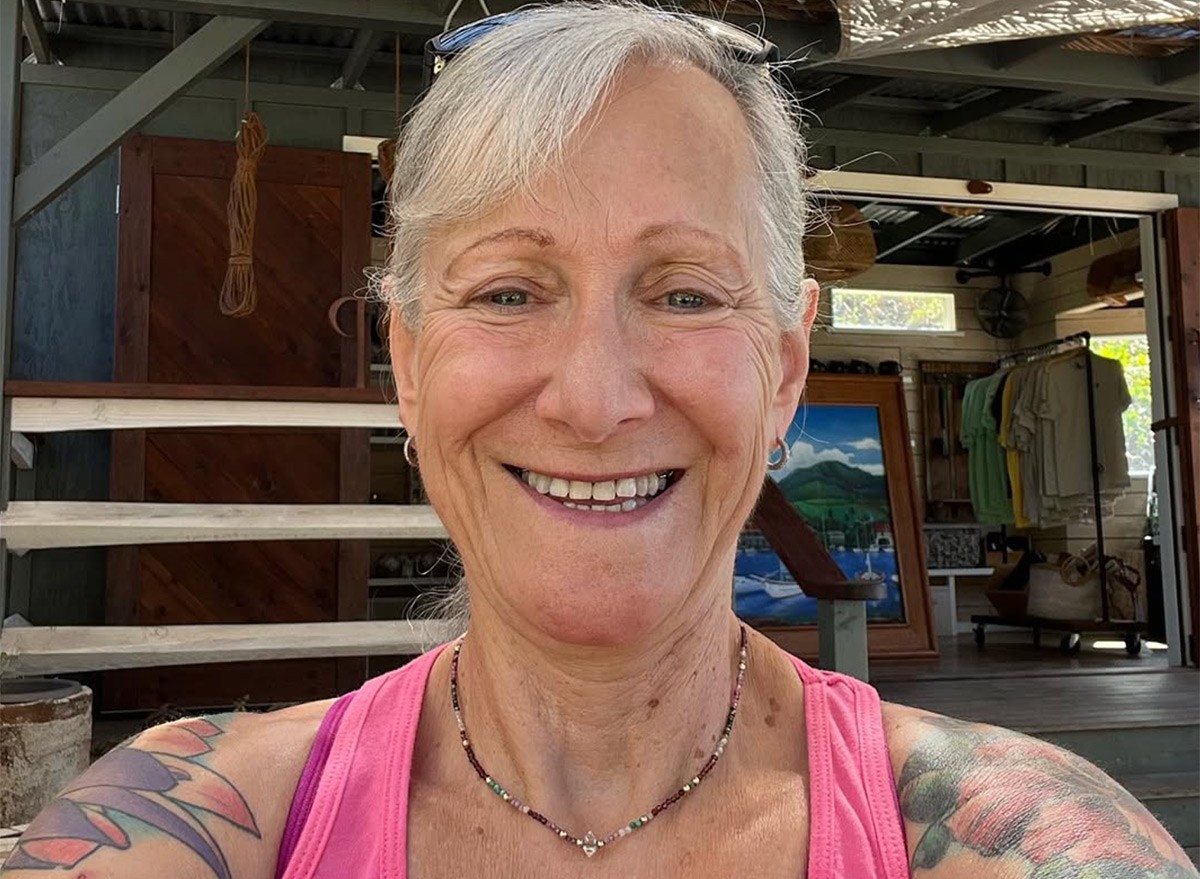
These habit changes won't rear results instantly. You need to be patient, she says. "These changes take time, consistency and focus. Start with one and add the others over time and imagine where you will be a year from now." And if you enjoyed this article, don't miss I'm a Nutritionist and Here Are 25 Weight Loss Truths You Need to Hear.




